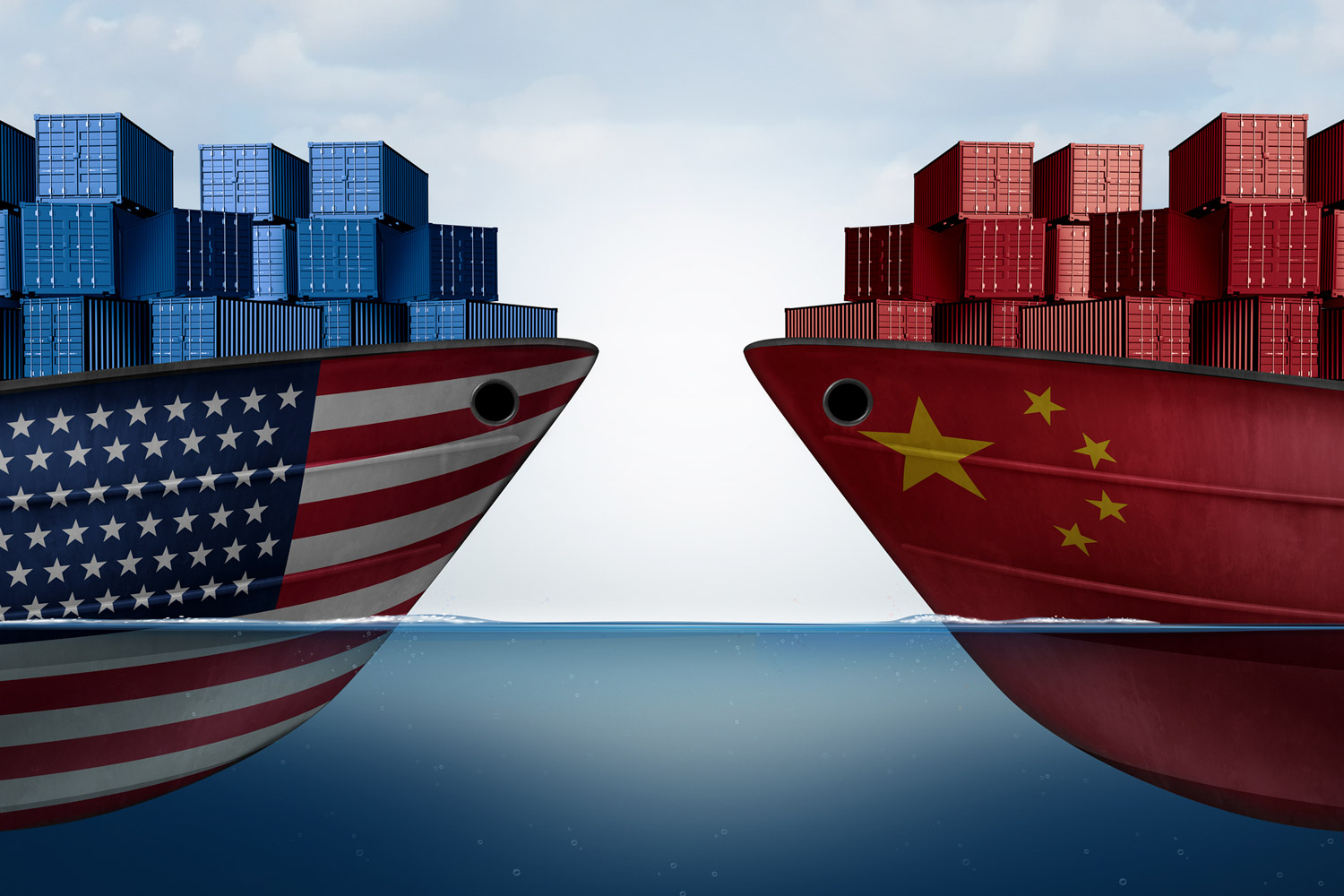
Trump’s tariffs
US tariffs on Chinese imports that have been in place since late 2018, recently increased from 10 percent to 25 percent. President Trump is planning to expand the reach of tariffs to more types of goods that have so far been exempt. This is noteworthy not only because of the size of the tariffs imposed but because of the amount of imported goods that are impacted including for our sectors.
European Union steel and aluminium exports to the US have also been made subject to a 25 percent tariffs, with much speculation still on whether these tariffs will be extended to cars and car part imports or any more after that.
Retaliatory action
In June, following the failed trade talks China increased tariffs on US exports to an average 20.7 percent, whilst reducing import tariffs on other countries imports. Much of the action seen from China is ensuring minimal economic damage amidst a time of domestic slow down, with retaliatory tariffs currently not targeting aircraft, oil products, autos, and parts.
The EU’s response to the initial steel and aluminium tariff was to enact retaliatory tariffs on around £2.4bn of US exports and take a case to the WTO.
Ongoing disputes
Another layer to the EU and US problems is the ongoing subsidies dispute. The current US administration has threatened to hit $11bn of EU products with extra tariffs, because of the WTO ruling against aid granted to Airbus. The European Commission has now drafted a list of US products worth $12bn that could be targeted following the WTO ruling that the US was providing illegal subsidies to US aircraft manufacturers.
The EU have stated a preference for a negotiated outcome but there has been no clarity when it comes to this long-running Airbus and Boeing WTO dispute as to the final number of retaliatory tariffs or what any eventual outcome will look like.
Tit-for-tat approach
The use of tariffs and other barriers as a means of protectionism in this Trump-era of trade policy is a real risk that could escalate trade tensions and cause lasting damage to the global economy.
Both large companies and SMEs could be facing an impact from this disruption to trade relations as we know them. Members have not yet reported much in the way of feeling the effects of trade threats, tariffs and retaliatory measures but we are keeping an eye on several situations in the trade-sphere which could soon start to impact as tensions escalate and trade talks fail.
ADS continues to advise members to stay as informed as possible, as even slow rumblings in trade tensions could lead to worsening relations.





